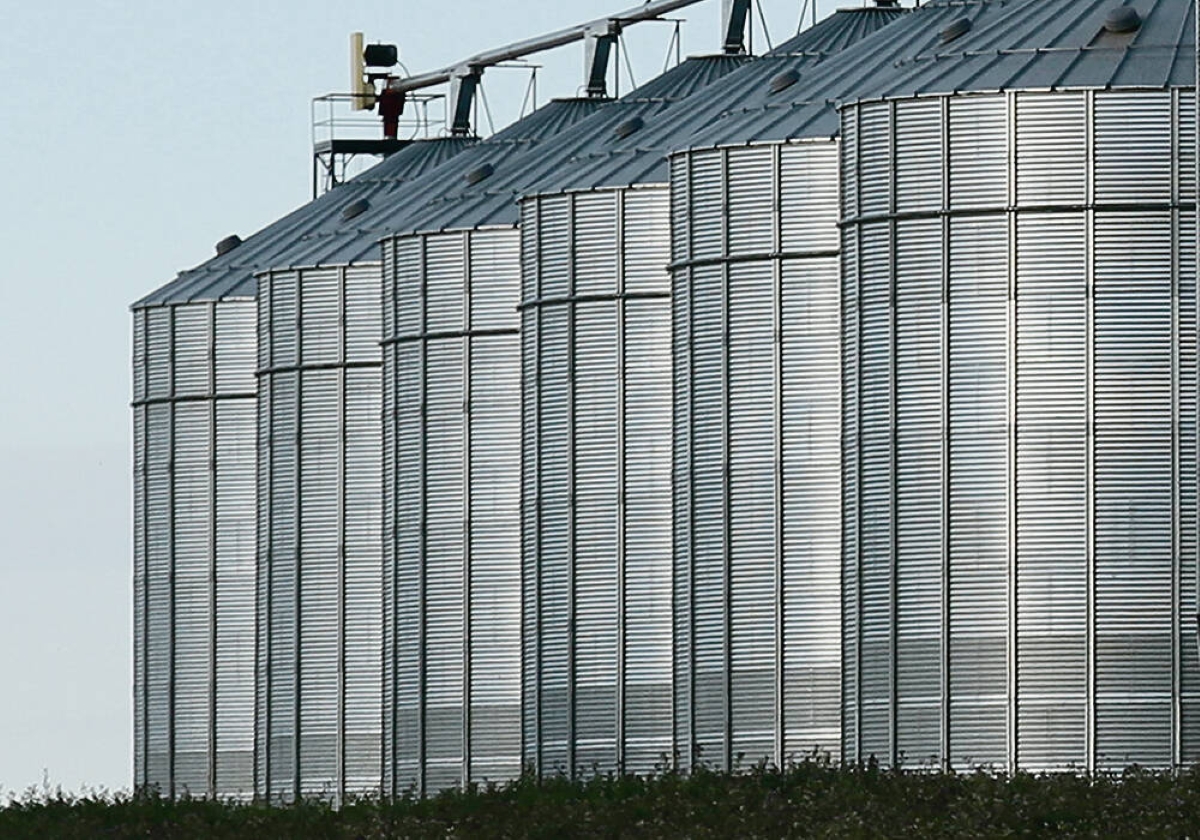The Western Grains Research Foundation has committed more than $7 million in new funding to plant breeding programs at the University of Saskatchewan and the University of Manitoba.
WGRF officials announced Feb. 18 that the foundation will commit $5.2 million to wheat breeding programs at the University of Saskatchewan’s Crop Development Centre and $1.9 million to plant breeding efforts at the University of Manitoba.
The U of M funding will support ongoing winter wheat breeding programs, as well as improvements to fusarium head blight nurseries that will benefit wheat breeding programs across Western Canada.
Read Also

Grain trader Bunge lowers 2025 profit forecast after closing Viterra deal
U.S. grain trader and processor Bunge on Wednesday lowered its 2025 earnings forecast following its merger with Viterra, and said it is overhauling segment and volume reporting to align with its integrated operations.
Funding for both programs will be allocated over the next five years, lending stability to breeding efforts at two of western Canada’s most productive plant breeding institutions.
The CDC program, led by wheat breeders Curtis Pozniak and Pierre Hucl, has developed and commercialized more than 30 new wheat varieties since the WGRF began funding the program in 1995.
“Renewed funding expands our research program in wheat to include the deployment of molecular tools to improve breeding efficiency as well incorporating agronomic and quality traits that are vital to making wheat a competitive crop for our producers,” Kofi Agblor, managing director at the CDC.
WGRF executive director Garth Patterson said renewing the long-term agreements helps stabilize the wheat breeding program, and allows the CDC to leverage additional dollars from different levels of government, as well as other industry partners.”
The U of M winter wheat breeding program, led by Anita Brule-Babel, aims to develop improved varieties of Canada Western General Purpose (CWGP) and Canada Western Red Winter (CWRW) wheat for the benefit of western Canadian producers.
The program is focused on developing high yielding, cold hardy, semi-dwarf varieties that are suited to the high moisture regions of the eastern prairies.
“The release of new general purpose and winter wheat varieties from the U of M, as well as the release of FHB resistant cultivars such as Waskada and Carberry is evidence of the great work being done at the University of Manitoba,” said foundation chair Dave Sefton.
The co-ordinated fusarium screening nursery is an important facility to plant breeders across the West.
Its primary objective is to evaluate new breeding lines for reaction to fusarium.
Lines from all spring wheat breeding programs across Western Canada will be tested at the facility, as well as winter wheat lines from the University of Manitoba breeding program.
In total, up to 12,000 single row plots will be evaluated in the nursery.
“Locating the nursery in a FHB prone region and making use of the infrastructure at the U of M supports a western Canadian approach to wheat variety development.”
Contact brian.cross@producer.com















